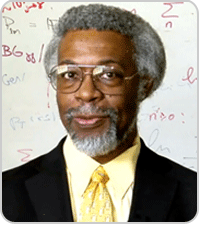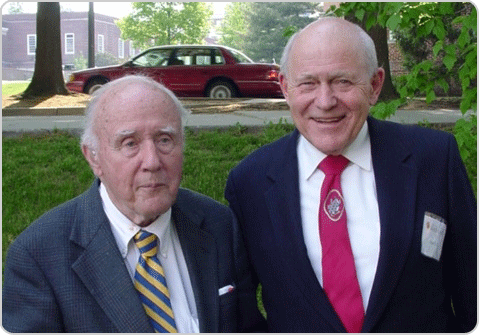In Memoriam: C.P. "Gus" Vlahacos
- Details
- Category: Department News
- Published: Thursday, July 28 2011 16:13
We were very sorry to learn that C.P. “Gus” Vlahacos died on Monday, following a heart attack the previous week. Gus received his three degrees here in College Park: B.S. Physics, 1996; M.S. Physics, 1999; and in 2010, his Ph.D. in Electrical Engineering. In addition to his work in the Cryogenics and Fluids Branch at NASA, he was a visiting assistant research scientist—and treasured colleague—in CNAM.
As an undergraduate, he played a crucial role in developing the very successful scanning near-field microwave microscope. As a graduate student, he worked to develop a niobium superconducting quantum interference device (SQUID) that shows changes in the magnetic field of a pulse propagating down a 200-micrometer wide microstrip test line at 2 gigahertz, creating images at intervals of 1/20th of a nanosecond.
Gus was the husband of Sophia I. Zanakos and the father of Lia and Irene.
We offer our condolences to the family, and to his many friends in CNAM, the Department, campus and NASA.
Funeral arrangements are listed below. And articles about Gus’ work with Fred Wellstood and Steve Anlage are linked here.
http://www.physics.umd.edu/news/photon/Archives/Issue8.pdf
http://jqi.umd.edu/news/98-experimental-squid-microscope-gets-to-gigahertz.html

